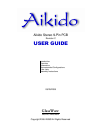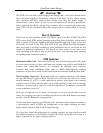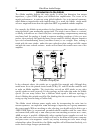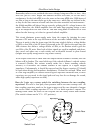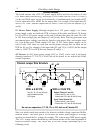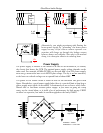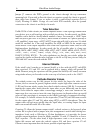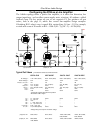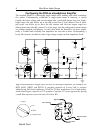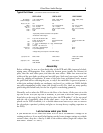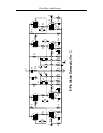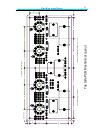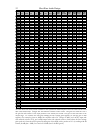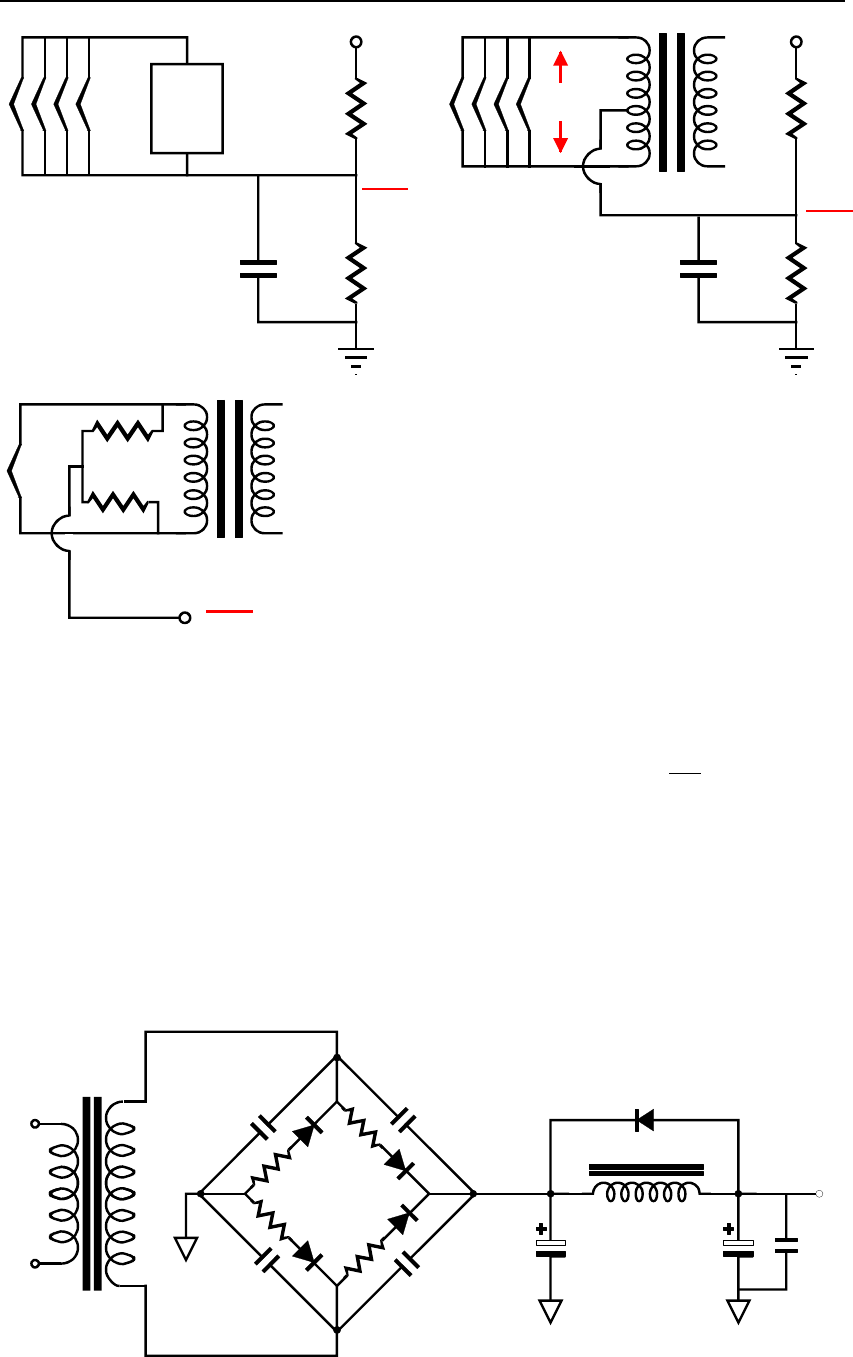
GlassWare Audio Design
5
DC
Heater
PS
300k
2W
100k
1/2W
B+
B+
4
300k
2W
100k
1/2W
B+
0.1µF
250V
0.1µF
250V
AC
100
100
Alternatively, you might experiment with floating the
heater power supply, by “grounding” the heater power
supply via only a 0.1µF film or ceramic capacitor. The
capacitor will charge up through the leakage current
between heater and cathodes. Not only is
this method
cheap, it is often quite effective in reducing hum.
Power Supply
The power supply is external to the Aikido PCB and can be mounted in, or outside,
the chassis that houses the PCB. The optimal power supply voltage depends on the
tubes used. For example, 6GM8s (ECC86) can be used with a low 24V power supply,
while 6FQ7s work better with a 250
-300V B-plus voltage. The sky is not
the limit here,
as the heater-to-cathode voltage sets an upward limit of about 400V.
The genius of the Aikido circuit is found in both its low distortion and great PSRR
figure. Noneth
eless, a good power supply helps (there is a practical limit to how large a
power-supply noise signal can be nulled). I recommend you use at least a solid, choke-
filtered tube or fast-
diode rectified power supply. If you insist on going the cheap
route, tr
y the circuit below, as it yields a lot of performance for little money. FRED
rectifiers are expensive, but make an excellent upgrade to the lowly 1N4007.
All Diodes = 1N4007
All Resistors = 1 ohm 1/2W
.01µF
1KV
.01µF
1KV
.01µF
1KV
.01µF
1KV
100mA
high-DCR
B+
4
B+
4



